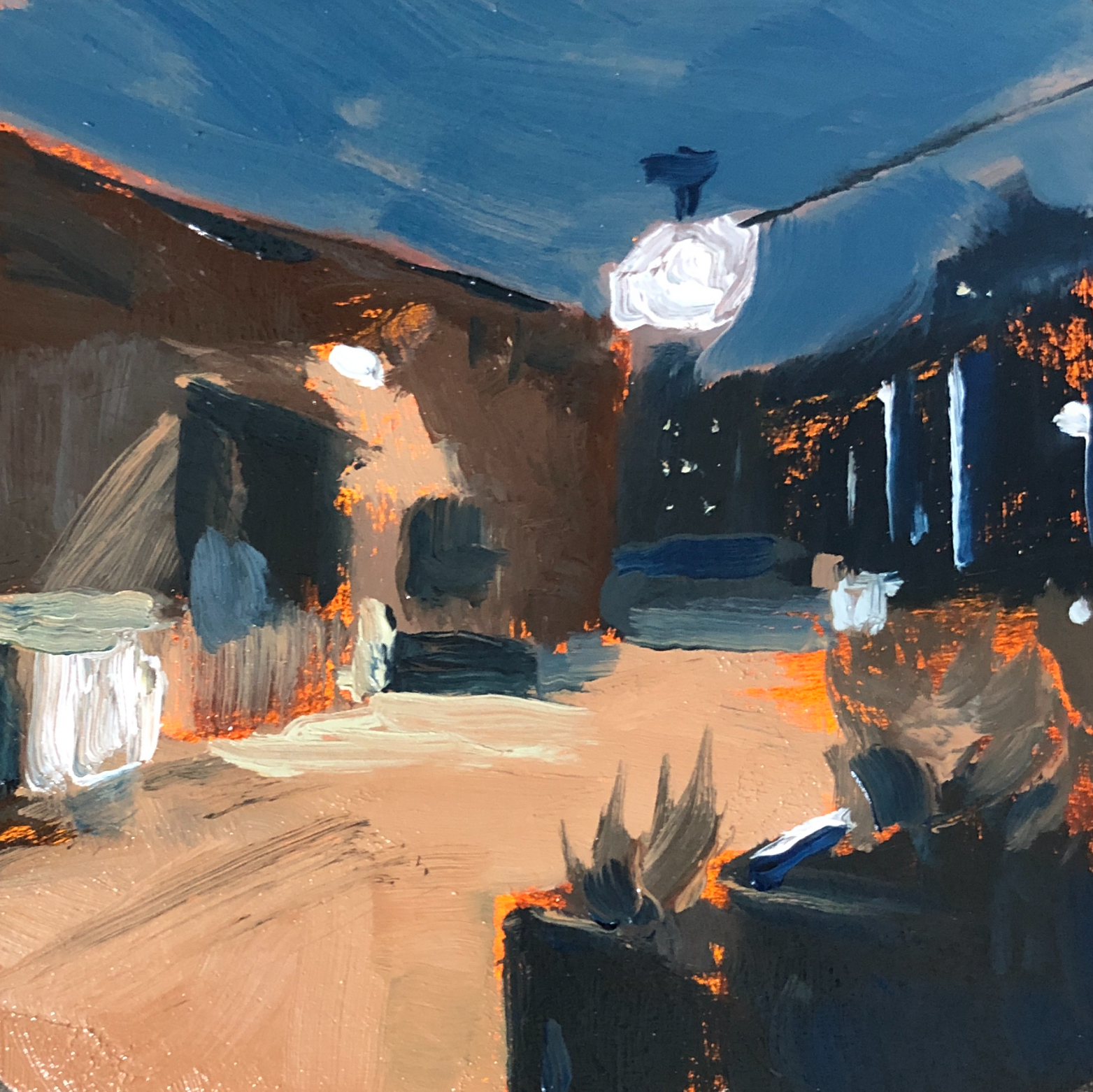Today we will discuss edges, how they are created, and how you can use them to attract the eye of the viewer.
First let’s define what an edge actually is. An edge is essentially a border between two contrasting elements.
The variations in the following components can create an edge: Color, Atmosphere, Light, Form, Shape, Texture, and Values.
You can remember this with the humerus mnemonic CALFS TV. Just imagine baby calfs on TV. (Yes calfs is a variant of calves. )
Edges fall on a continuum with one extreme being lost edges (aka soft edges) and the other extreme being found edges (aka hard edges).
Let’s look at an example of hard and soft edges created with color. The edge between blue and yellow will be much harder than an edge between blue and purple. See the example below.

Now let’s look at an example of edges created with light. Shadows tend to have harder edges closer to an object and softer edges farther from an object. We can see this in the oil painting below of a red apple.

Now that we know what edges are and have seen a few examples of creating them, let’s discuss how they can engage your viewers.
Hard edges naturally attract the human eye. Thus, sometimes it is helpful to use sharper edges in your focal point and softer edges as you move away from the focal point.
In the example below, I used harder edges in the fire hydrant to make it the center of interest. The edges in the background trees are far softer.

Let’s summarize. Edges are created with contrasting borders and can be hard, soft, and anywhere in between. Hard edges can be used to make your focal point stand out among a sea of softer edges, attracting the eye of the viewer.
Do you use hard edges in your center of interest? Feel free to comment or ask a question. I’m here to be your painting guide.
Stop back tomorrow (and every day) for more tips.
Stay inspired
Bry

